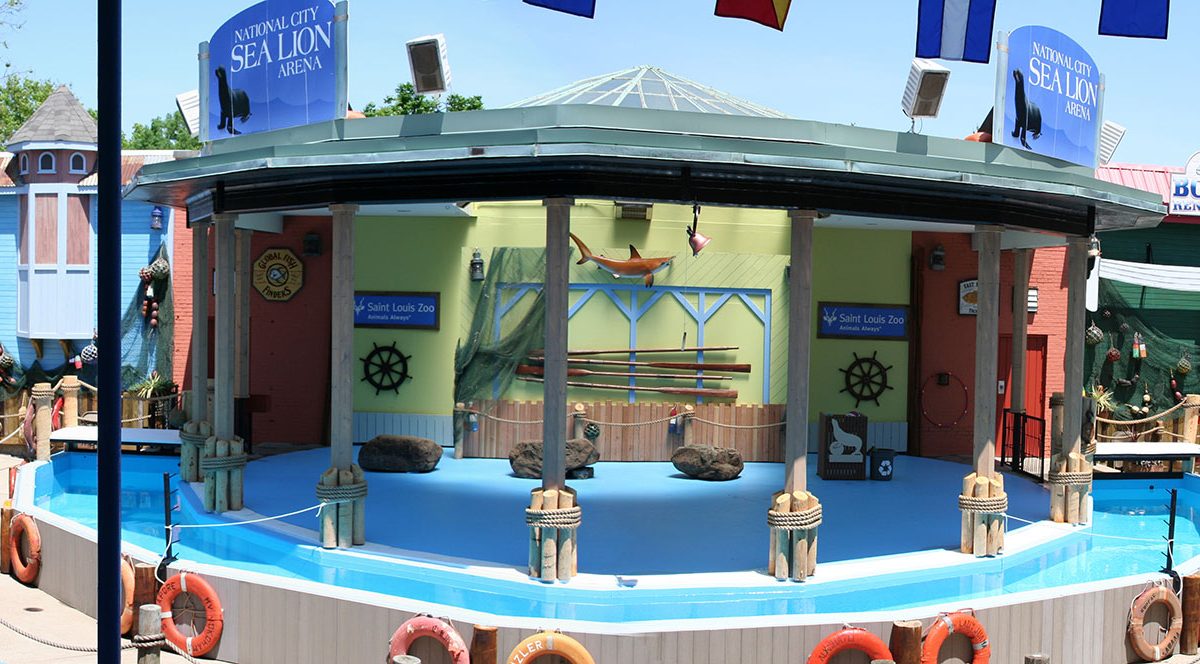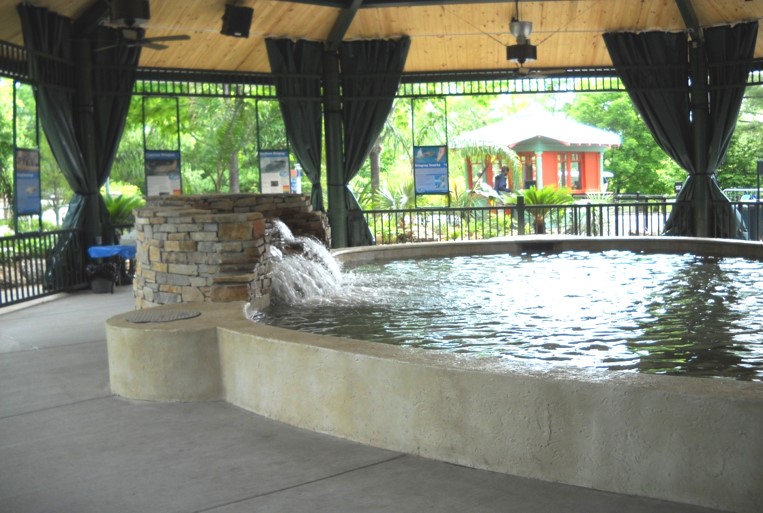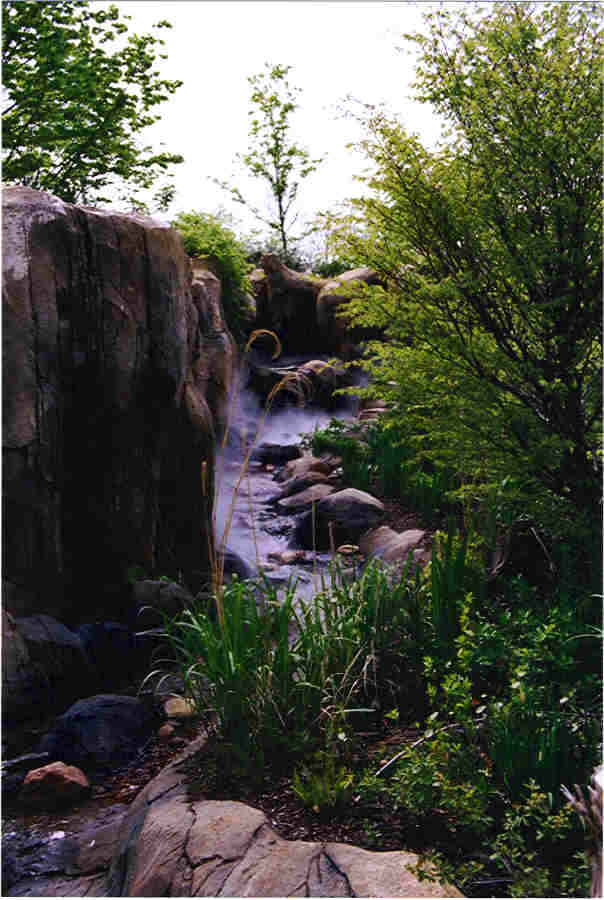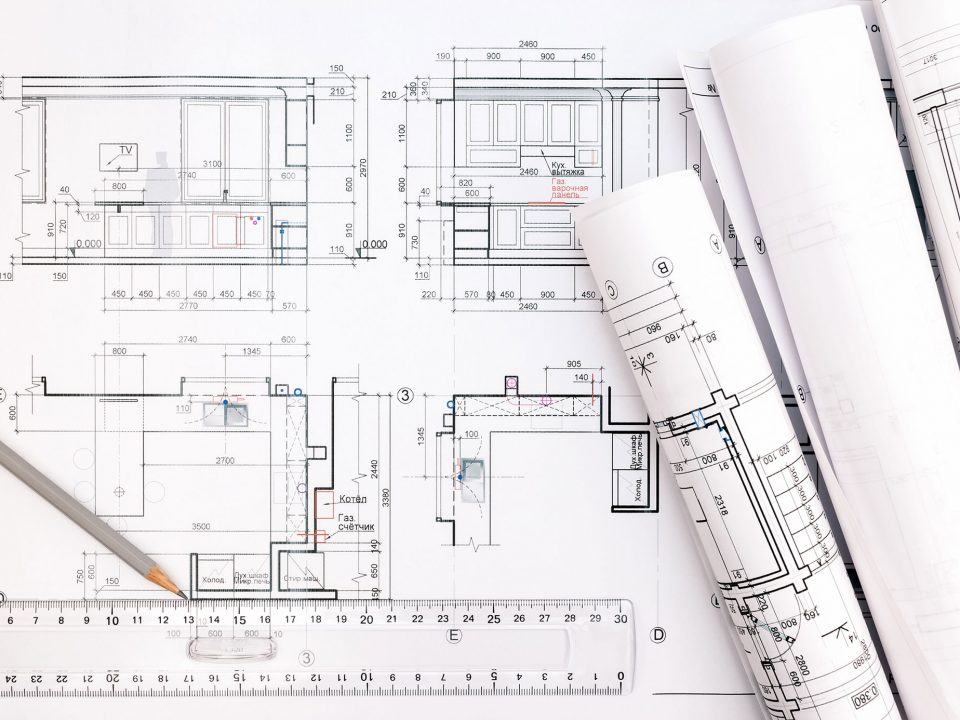
Soft Skills for Success in Medical Research Facility Construction
January 14, 20195 Safety Precautions with Construction in a Zoological Park

Construction in Zoological Parks requires a deep understanding of safety precautions to not only ensure the wellbeing of the animals but also visitors and employees. The most efficient construction sites are the safest.
Here are five safety precautions that Interface implements to work smarter and safer in zoological settings.

1. Noise Management
Controlling the sound in both new construction and renovation construction involves extensive communication and collaboration with the Facility staff, the individual exhibit employees, and all of the animal handlers. Measures for noise mitigation are extremely important to make sure the animals remain comfortable in their environments.2. Dust and Debris Management
Foreign dust and debris can impact animal behavior. Thus, special protocols for containment and removal should typically be required; for example, loaded trucks and dumpsters might need to be escorted through the public areas to assigned construction exit gates at extremely low speeds.3. Off-Hours Scheduling of Logistics and Mobilization
A huge priority in zoological construction is to minimally impact a park’s tourism schedule. All heavy tasks and activities must be organized with this goal in mind and planned around active tourism hours to fully guarantee the safety of the park visitors and staff.4. Special Shots Required
Often tuberculosis and influenza shots are required of all site employees to prevent the transfer of unwanted illness to the animals.5. Horticulture Protection
Horticulture is a prominent component in many zoological parks, especially animal exhibits. Special attention is mandatory in the preservation of all of the natural surroundings. Trees, specifically, require defined limits of encroachment for construction traffic and activity, and at times, temporary water systems may need to be installed to nourish forage during longer construction projects.
Get started with Interface as your General Contractor today, click here.
Read more information about Safety at Interface Construction Corporation.

